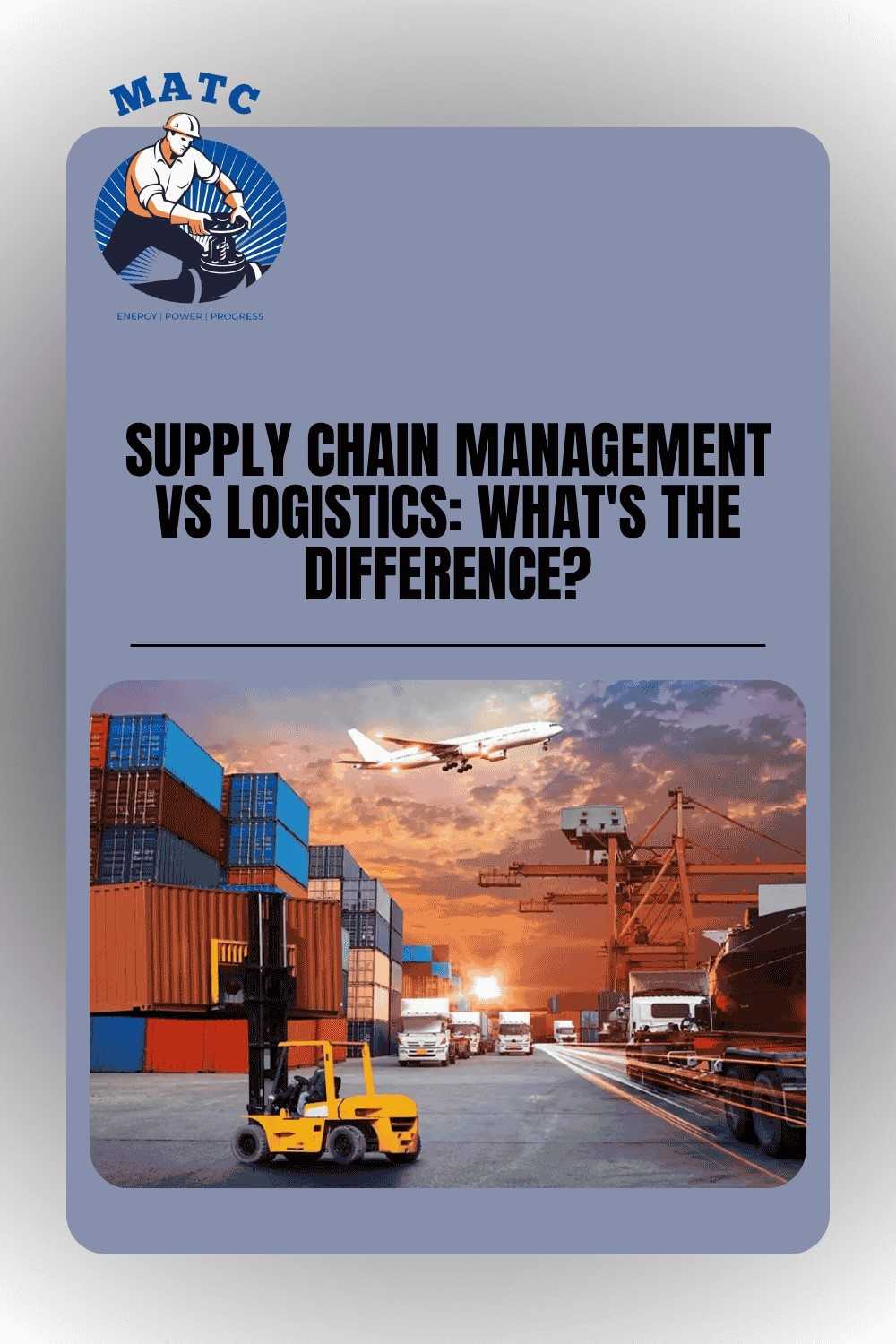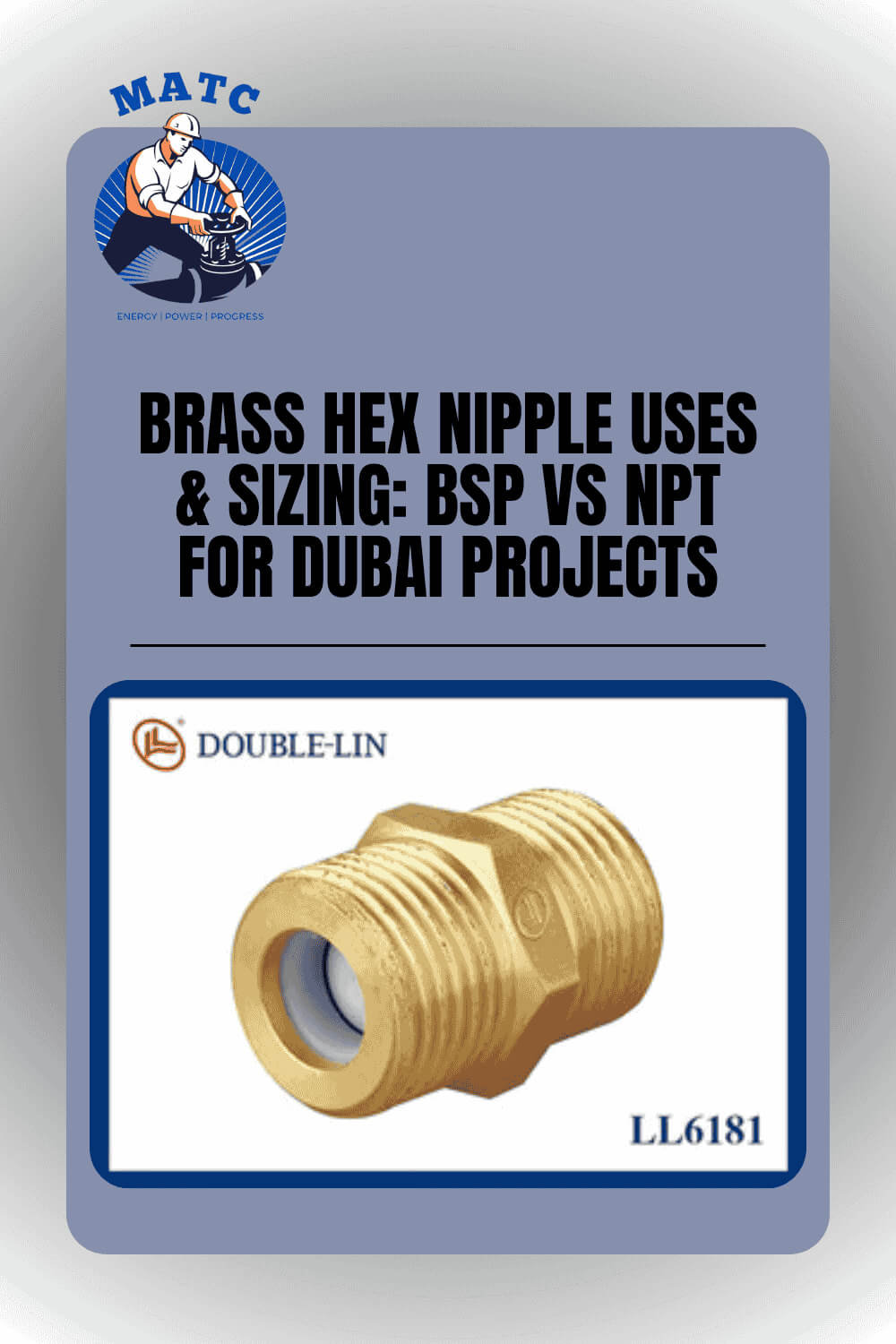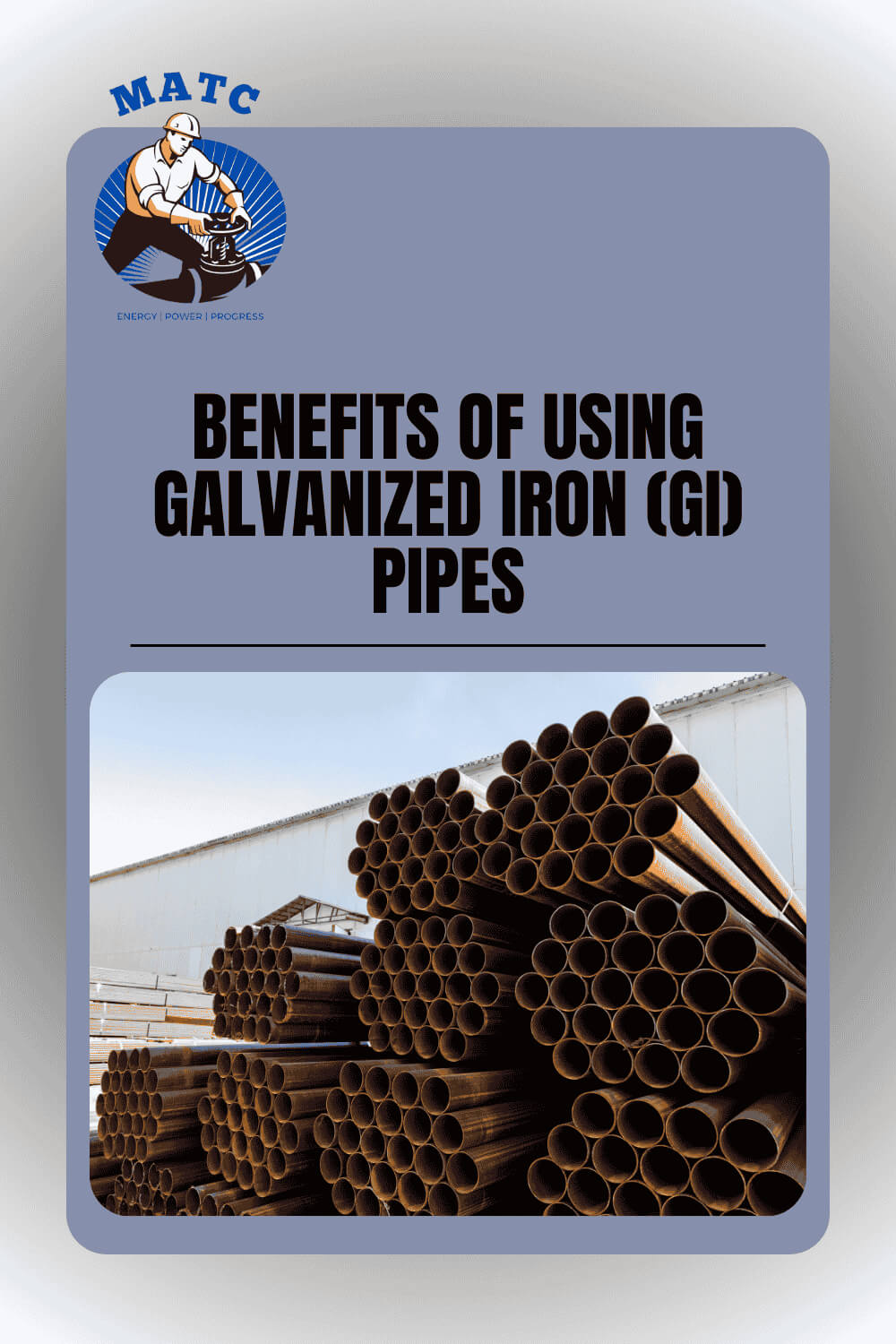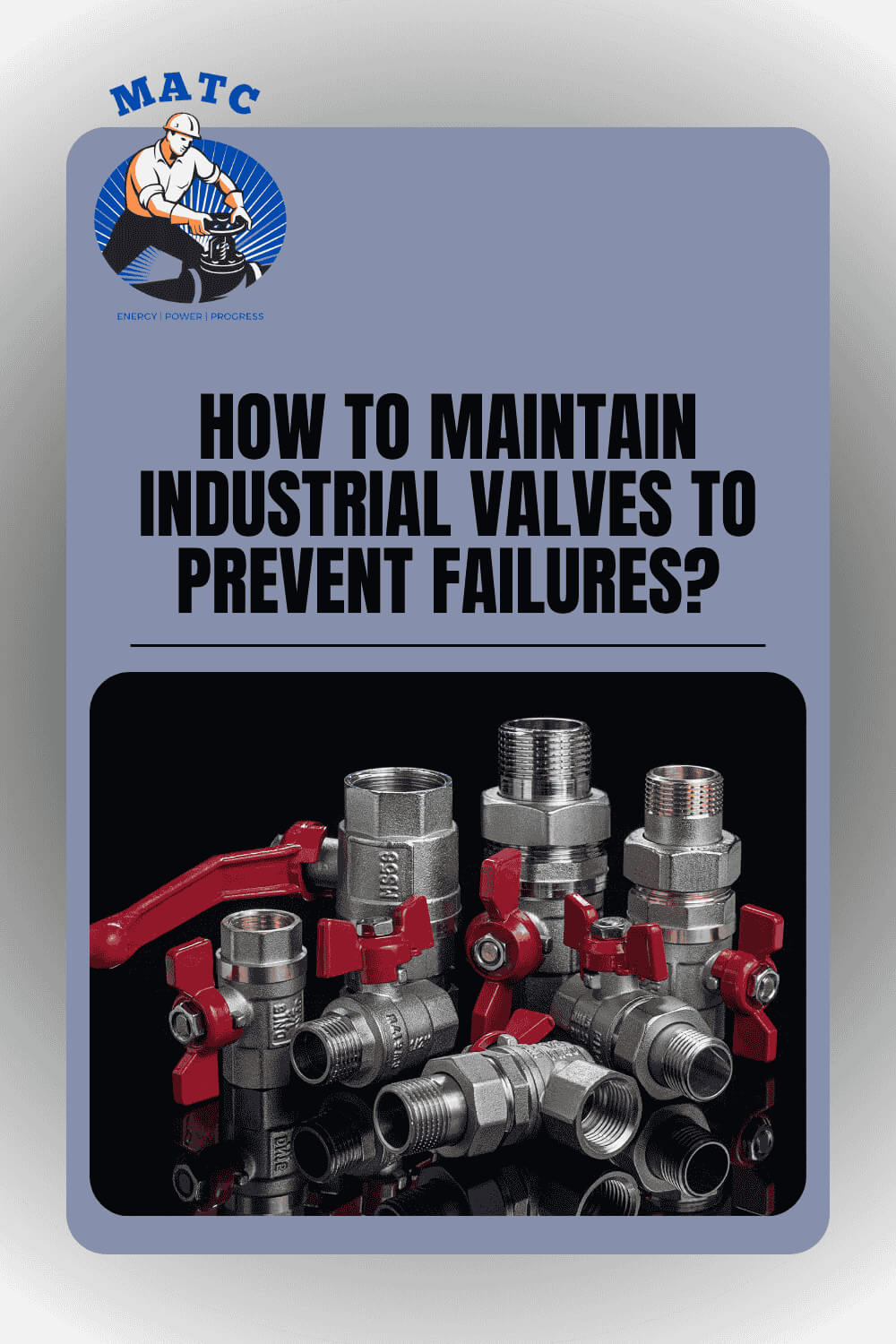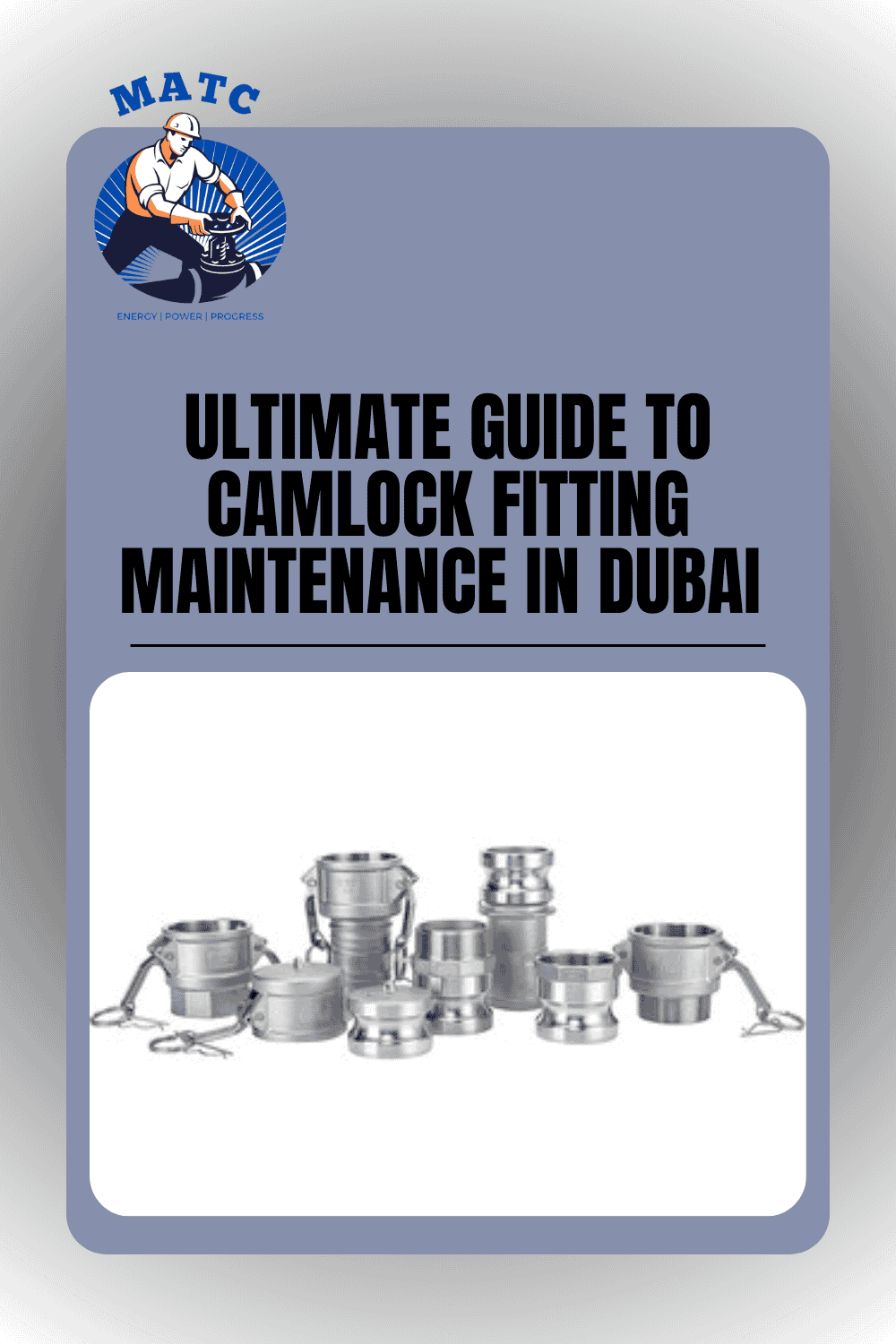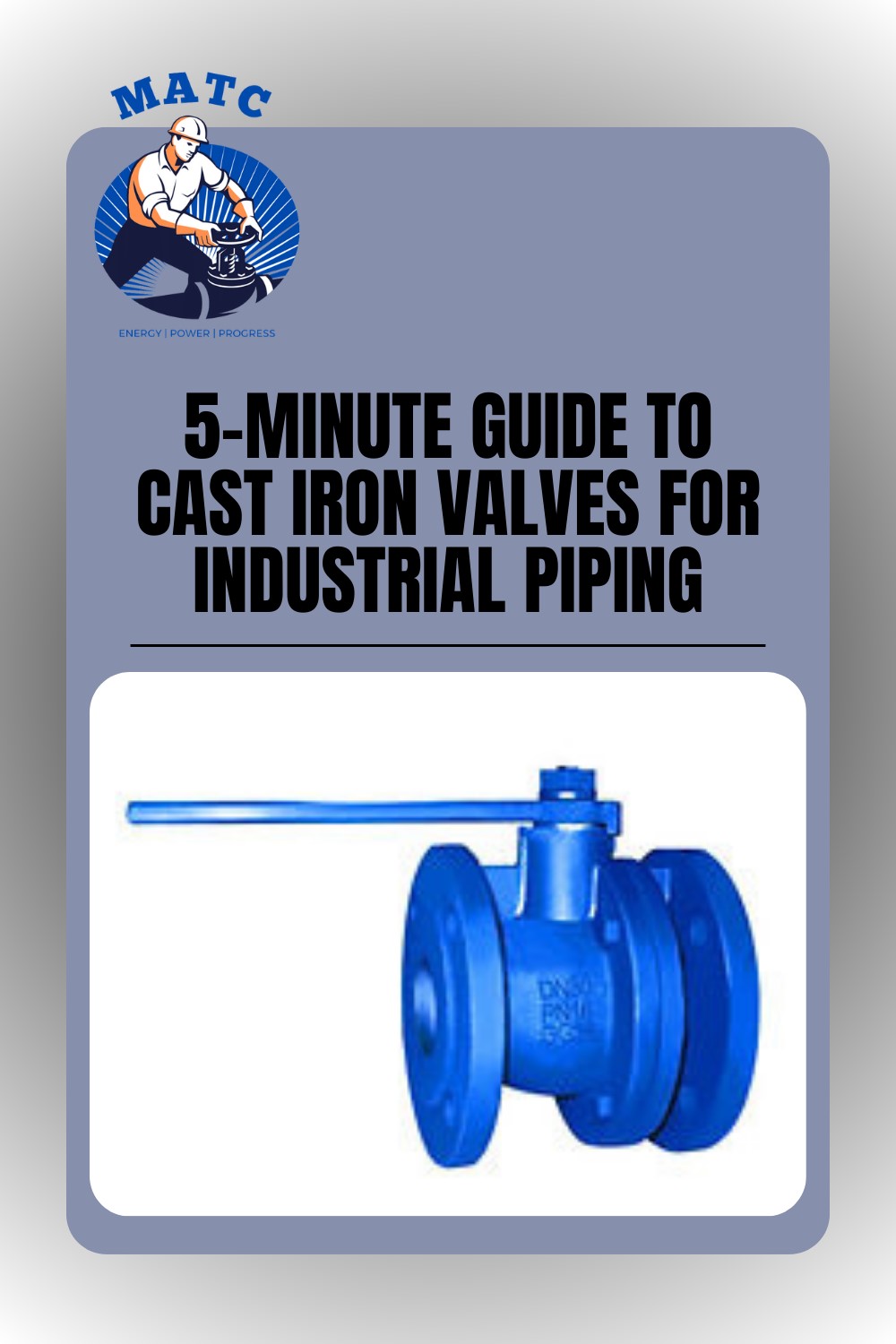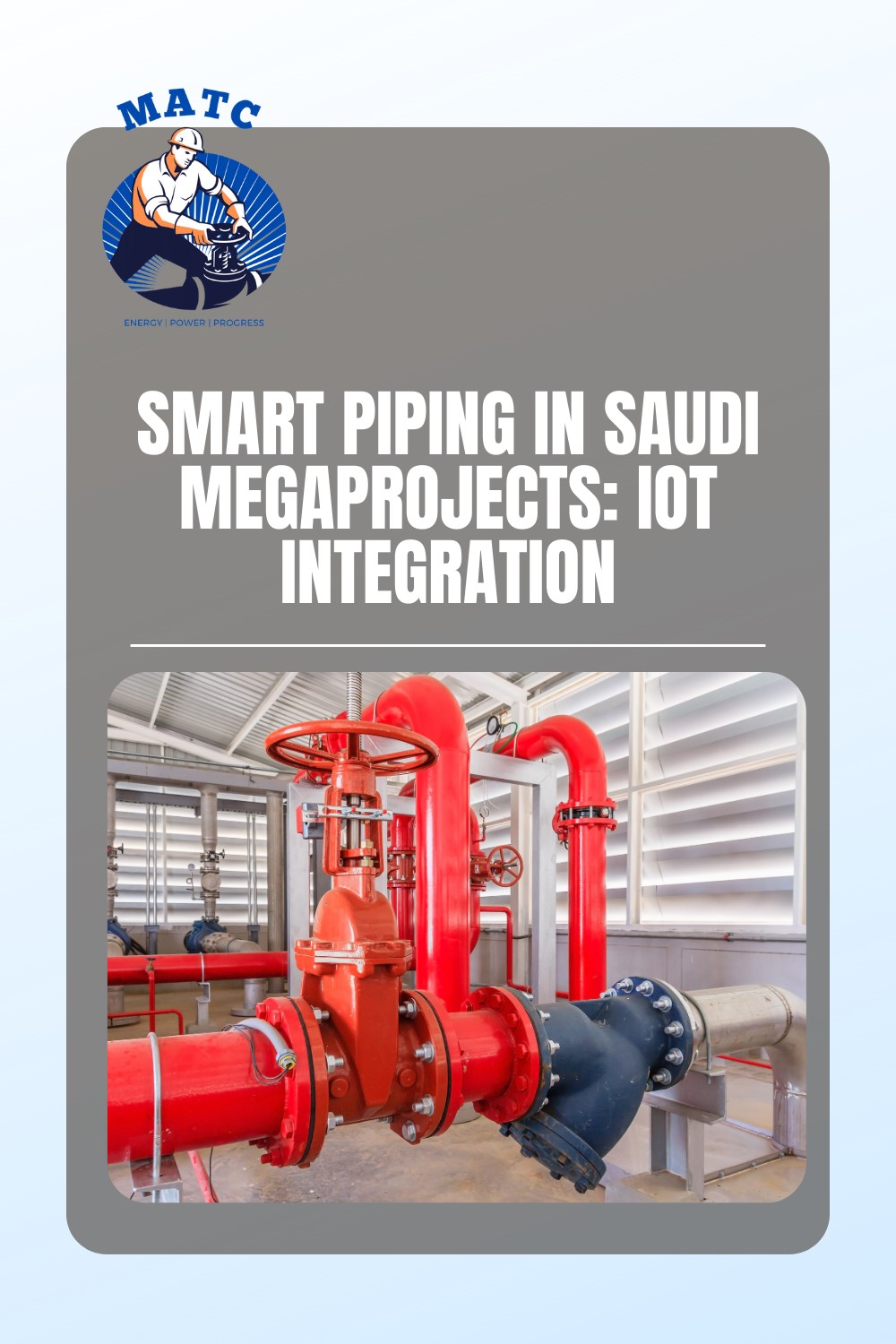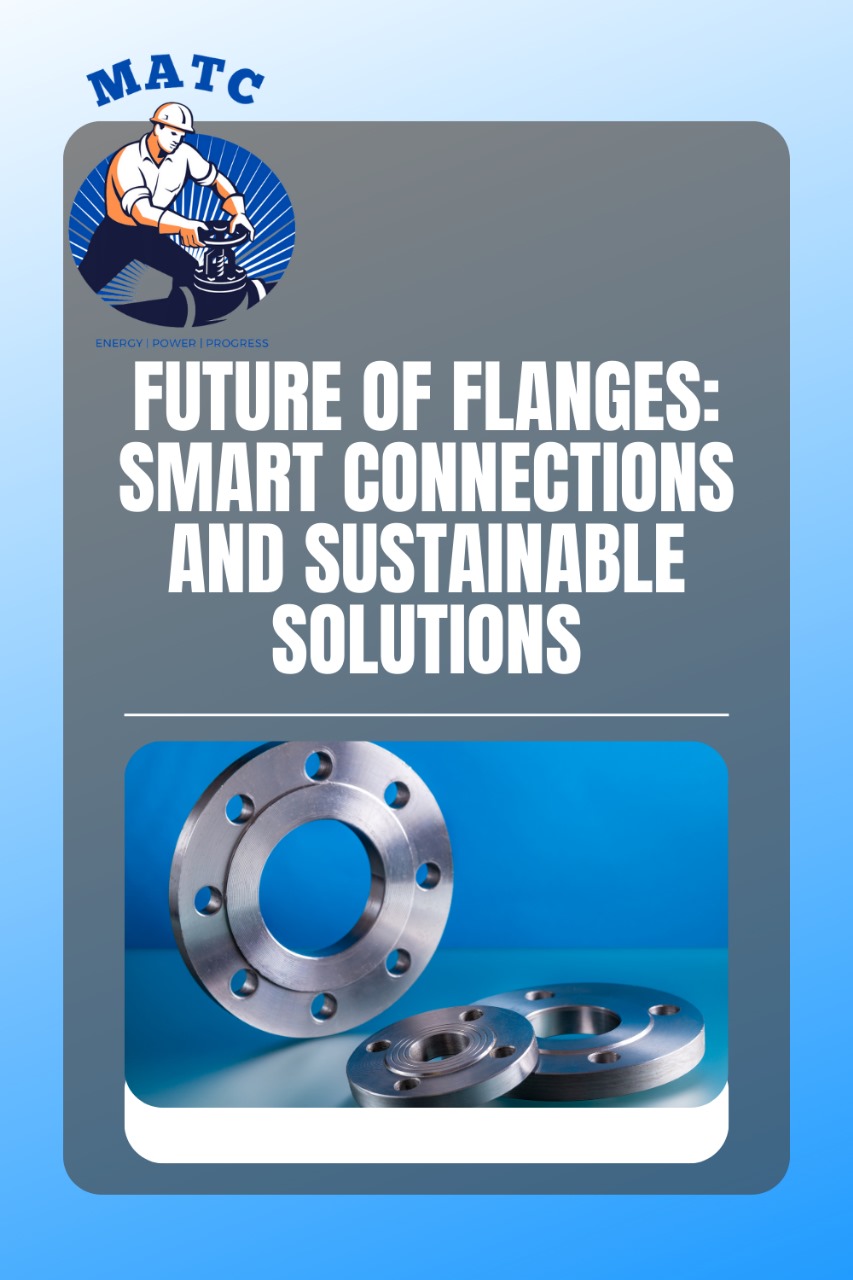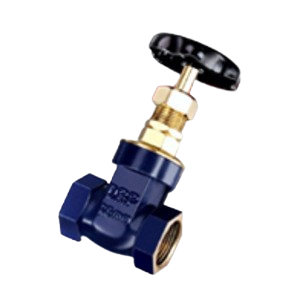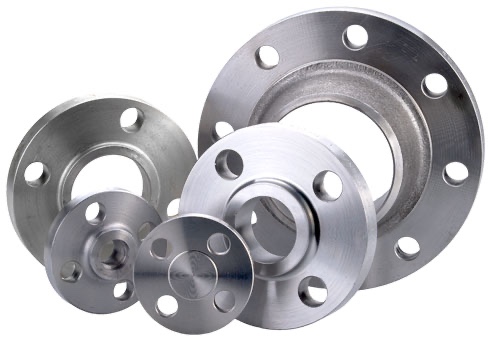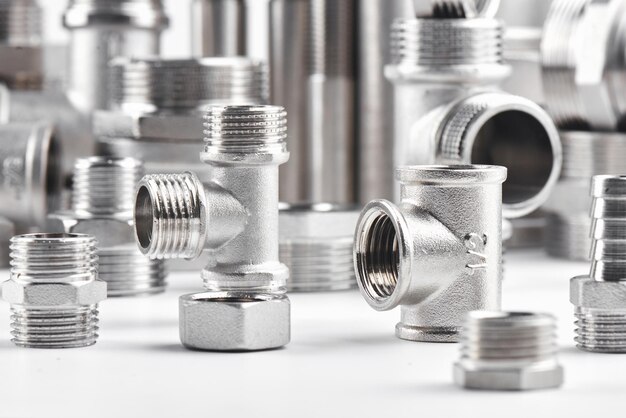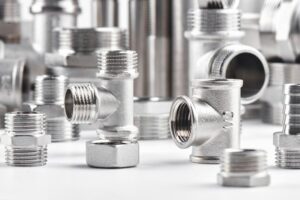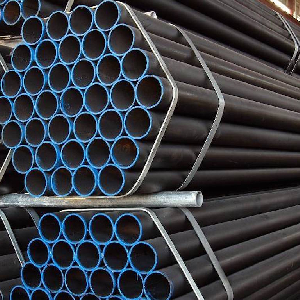In every industry where fluids, gases, or air need to be transferred safely and efficiently, strong and reliable connections are crucial. Lüdecke couplings are designed precisely for this purpose.
Known for their durability, precision, and reliability, these couplings help industries maintain smooth operations with minimal downtime.
What Are Lüdecke Couplings
Lüdecke couplings are high-performance connectors that securely join hoses, pipes, or tools in a variety of systems such as pneumatic, hydraulic, and water lines. Manufactured in Germany with exceptional precision, they ensure tight, leak-free connections that withstand high pressure and frequent use.
These couplings come in multiple configurations including quick connect couplings, claw couplings, hose tail fittings, and threaded models. Depending on the application, they are available in brass, steel, or stainless steel to suit specific environmental conditions.
The wide range of models ensures that there is a Lüdecke coupling for nearly every industrial requirement.
Key Features and Benefits
Several engineering features make Lüdecke couplings a preferred choice in many industries:
- High durability: Built from premium metals that resist corrosion and wear.
- Leak-proof sealing: Specially designed seals prevent fluid or air loss, maintaining pressure stability.
- Quick connect system: Allows fast connection and disconnection without the need for tools.
- Wide compatibility: Works with various hose and pipe sizes, making it easy to integrate into existing systems.
- Safety locking mechanisms: Prevent accidental disconnections under pressure.
These features combine to make Lüdecke couplings both practical and efficient for a wide range of applications.
Where Lüdecke Couplings Are Used
Lüdecke couplings can be found in numerous industries because of their flexibility and robust design. Here are the most common uses:
- Pneumatic Systems
They are essential in air compressor setups and pneumatic tools where hoses are frequently connected and disconnected.
- Hydraulic Systems
Used in machinery and construction equipment that require secure, high-pressure fluid connections.
- Water Systems
Perfect for water supply lines, cooling systems, and cleaning equipment where tight seals are crucial.
- Chemical Applications
Stainless-steel Lüdecke couplings resist corrosion and chemical damage, making them ideal for transporting aggressive or hazardous fluids.
- Maintenance and Workshops
Quick-connect versions help technicians perform faster equipment swaps and reduce downtime during maintenance operations.
Choosing the Right Lüdecke Coupling
Selecting the correct coupling for your system involves evaluating a few key factors:
- Type of media: Identify whether you are transferring air, water, hydraulic oil, or chemicals. The fluid type determines the material and sealing requirements.
- Pressure rating: Choose a coupling that can handle your system’s maximum pressure safely.
- Temperature range: Ensure the coupling material and seals can withstand your operating temperature.
- Connection type: Decide between hose tail, threaded, or quick connect depending on your setup.
- Material selection: Use brass or steel for general applications and stainless steel for corrosive or demanding environments.
- System compatibility: Verify size, thread type, and standard to ensure proper fitting.
- Ease of maintenance: Quick-release models are best for systems requiring frequent disconnections.
Following these guidelines ensures you select the right Lüdecke coupling for safe, long-term performance.
Advantages of Using Lüdecke Couplings
Using Lüdecke couplings in your operations offers several key benefits:
- Reliable performance that reduces leaks and enhances system safety.
- Long-term durability due to high-quality materials and precise engineering.
- Reduced maintenance and easier replacements with quick-connect options.
- Versatile usage across many industries including automotive, manufacturing, and construction.
- Improved efficiency by minimizing fluid loss and preventing system pressure drops.
Maintenance Tips for Longer Lifespan
Proper maintenance ensures that your couplings perform optimally for years. Here are some best practices:
- Clean all connection points before installation to prevent dust or debris.
- Inspect seals and O-rings regularly for cracks or wear.
- Replace worn parts immediately to prevent leaks.
- Use only manufacturer-approved lubricants if required.
- Store unused couplings in a clean, dry place to prevent corrosion.
- Check connections periodically to ensure tightness and safety.
Common Mistakes to Avoid
Even the most reliable couplings can fail if used incorrectly. Avoid these common mistakes:
- Mismatching coupling size or thread type.
- Using incompatible materials with aggressive fluids.
- Over-tightening which can damage seals.
- Ignoring regular inspection schedules.
- Reusing damaged seals or O-rings.
By paying attention to these points, you can maintain a secure, efficient connection system with minimal downtime.
Real-World Applications
In a production facility using pneumatic tools, Lüdecke quick couplings allow workers to switch tools within seconds without depressurizing the line. This improves efficiency and safety. In another example, a chemical processing plant uses stainless-steel Lüdecke couplings to handle corrosive solvents, achieving leak-free transfer and reducing maintenance costs. These examples highlight the reliability and versatility of Lüdecke products in different environments.
AI Overview
Lüdecke couplings are precision-engineered connectors used to link hoses, pipes, or tools in pneumatic, hydraulic, and fluid systems. They offer leak-proof performance, quick connection, and long-lasting durability for safe and efficient operations.
Choosing the right coupling depends on media type, pressure, and environment. For high-quality industrial couplings, trust Mustafa Ashqar Trading.
Frequently Asked Questions
What are Lüdecke couplings used for?
Lüdecke couplings are used to connect hoses and equipment in systems that transfer air, water, hydraulic oil, or chemicals securely and efficiently.
Are Lüdecke couplings suitable for high-pressure applications
Yes. Many Lüdecke couplings are built to handle high-pressure hydraulic and pneumatic systems without leaking or losing performance.
How do I choose the right size coupling?
Match the coupling to your hose or pipe diameter and confirm that the thread type and pressure rating meet your system’s requirements.
Can Lüdecke couplings be used with corrosive fluids
Yes. Stainless-steel Lüdecke couplings are specifically designed to resist corrosion and are ideal for chemical or marine environments.
Where can I buy original Lüdecke couplings
You can get premium, high-quality Lüdecke couplings directly from Mustafa Ashqar Trading, your trusted source for durable industrial connection solutions.
Conclusion
Lüdecke couplings are more than just connectors. They are vital components that ensure safety, stability, and efficiency in industrial systems. Their precision engineering, quick-connect functionality, and high-quality materials make them one of the most trusted coupling solutions in the market.
Whether you are building a new system or upgrading an old one, Lüdecke couplings provide the durability and performance your operation demands.
For premium performance and trusted quality, get your high-quality Lüdecke couplings from Mustafa Ashqar Trading and experience secure, efficient connections that keep your operations running smoothly.
Read More Pipe Fittings Insights
Explore expert articles on pipe fittings, valves, and industrial materials to help you choose the right solutions for your next project in the UAE.
- Common Pipe Fitting Failures: Causes & Prevention Tips – Learn about frequent pipe fitting failures and how to prevent them with proper materials and maintenance.
- How to Choose the Best Valve Suppliers in UAE for Industrial Applications – Get expert advice on selecting reliable valve suppliers for your industrial projects.
- The Ultimate Guide to Camlock Fitting Maintenance in Dubai – Keep your camlock fittings in top condition with these essential maintenance tips.
- Top 5 Problems Solved by Using Carbon Steel Pipe in Construction – Discover how carbon steel pipes improve strength, durability, and cost-efficiency in construction.
- Brass Hex Nipple BSP vs NPT: Uses & Sizing for Dubai Projects – Understand the difference between BSP and NPT threads and how to choose the right type for your Dubai projects.
